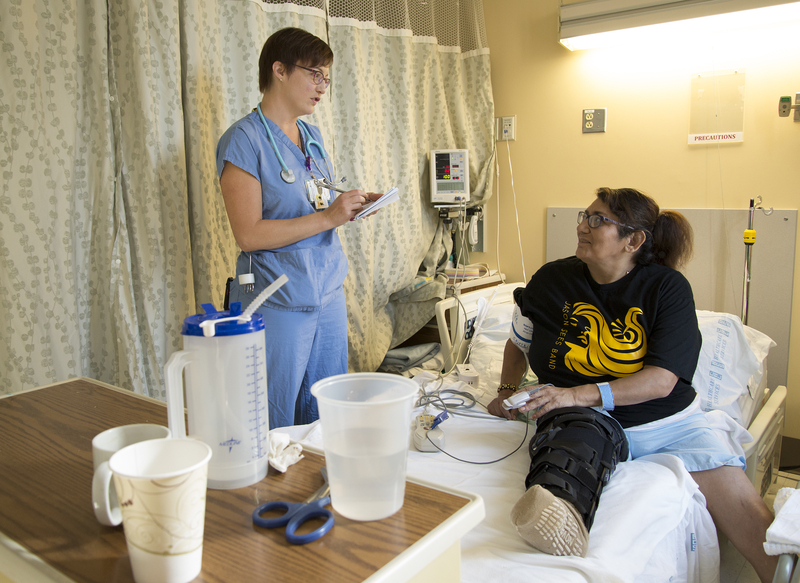REPORTING INFO
Students who wish to report mistreatment or a serious concern that doesn’t require an immediate response are encouraged to use the
Learning Environment
Feedback Tool. In the tool, you will be able to provide a description of your concern and indicate your follow-up preference and how you would like your feedback shared. You will have the option of reporting completely anonymously and indicating how you want your identity and the identity of anyone else involved in the situation to be shared.
Description
Learning is primarily through direct patient care experience and bedside teaching, supplemented with lectures, directed readings, workshops/labs, and simulation experiences.
goals
Responsibility of patient care
Students should demonstrate a strong sense of responsibility for the care of their patients from arrival at the emergency department through every aspect of their treatment and evaluation through admission or discharge and follow-up.
Clinical care
Students should integrate the knowledge they have obtained in medical school so far to focus on the evaluation and treatment of acute presentations.
Teamwork
Students should identify and respect the roles of all members of the ED Team.
Communication
Students should be able to describe the importance of effective communication at all levels for patient care in the ED, and they should be able to demonstrate effective communication skills.
Multitasking
Students should demonstrate the ability to manage multiple patients simultaneously, each at different stages of evaluation and treatment. They should see as many patients simultaneously as possible, depending on department conditions and experience. Multitasking skills fall into all other objective categories.
objectives
1. Manage timely patient evaluation, treatment, reexamination, and disposition.
2. Accurately describe the full extent and complexities of a patient’s past medical history and current social situation.
3. Develop an appropriate differential diagnosis for a variety of patient presentations.
4. Give a complete, organized, and efficient patient presentation to senior residents, faculty, and consultants.
5. Formulate a management plan when prompted.
6. Demonstrate a caring bedside manner and provide patients and families with clear explanations of the medical workup and treatments provided.
7. Demonstrate a willingness to help with any aspect of patient care whenever it is needed.
8. Demonstrate a close working relationship with the nursing and medical assistant staff to understand their role and assist in the care of patients.
9. Write documentation that is complete with appropriate elements.
10. Know the indications and contraindications for common emergency medicine procedures.
11. Perform an IV-line insertion and laceration repair.
12. Demonstrate a nuanced understanding of an ethical issue in medicine by writing a brief essay based on an experience from the clerkship.
13. Actively participate in learning and educational sessions.
14. Seek and incorporate feedback on performance throughout the rotation.
15. Achieve a passing grade on the emergency medicine NBME subject examination.




